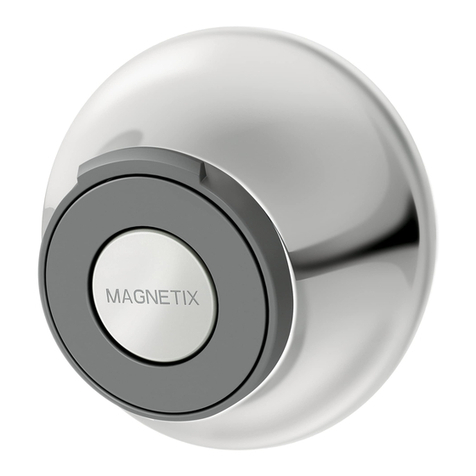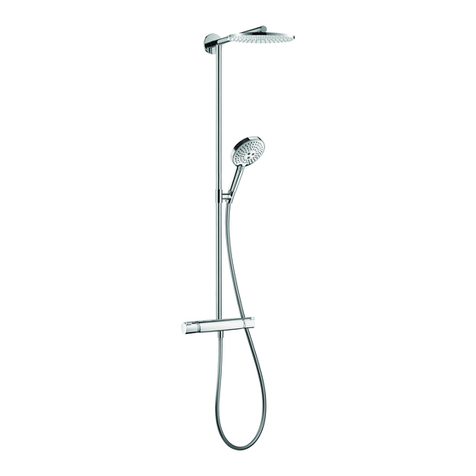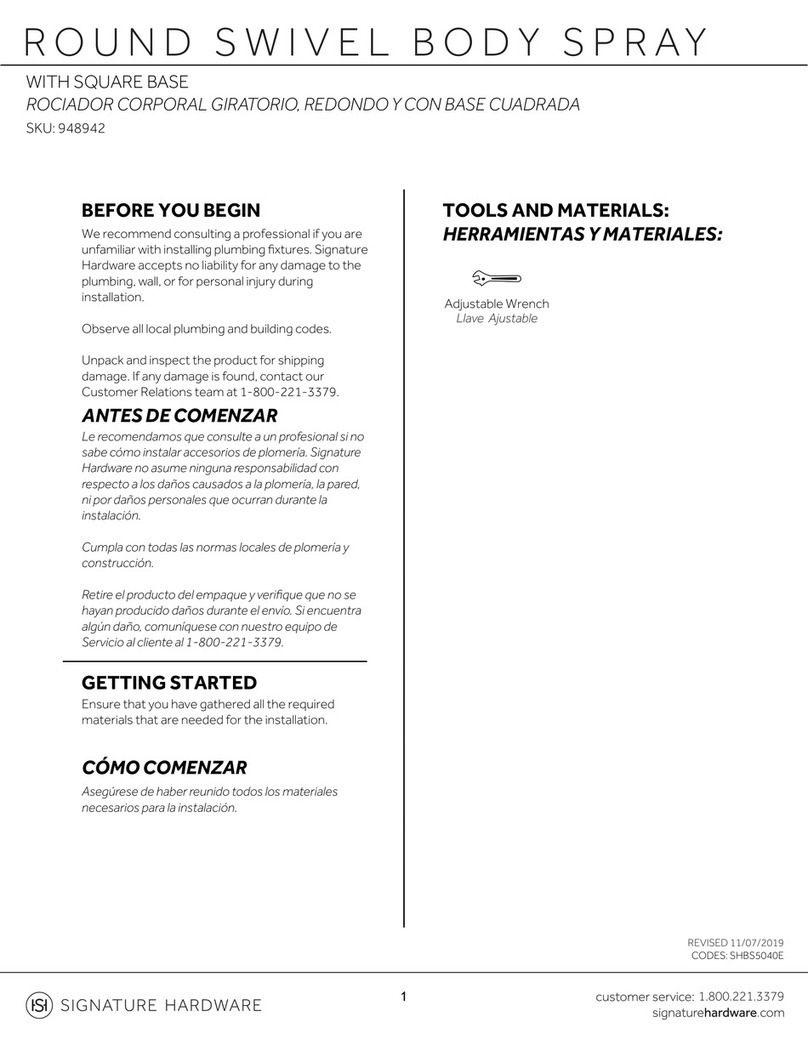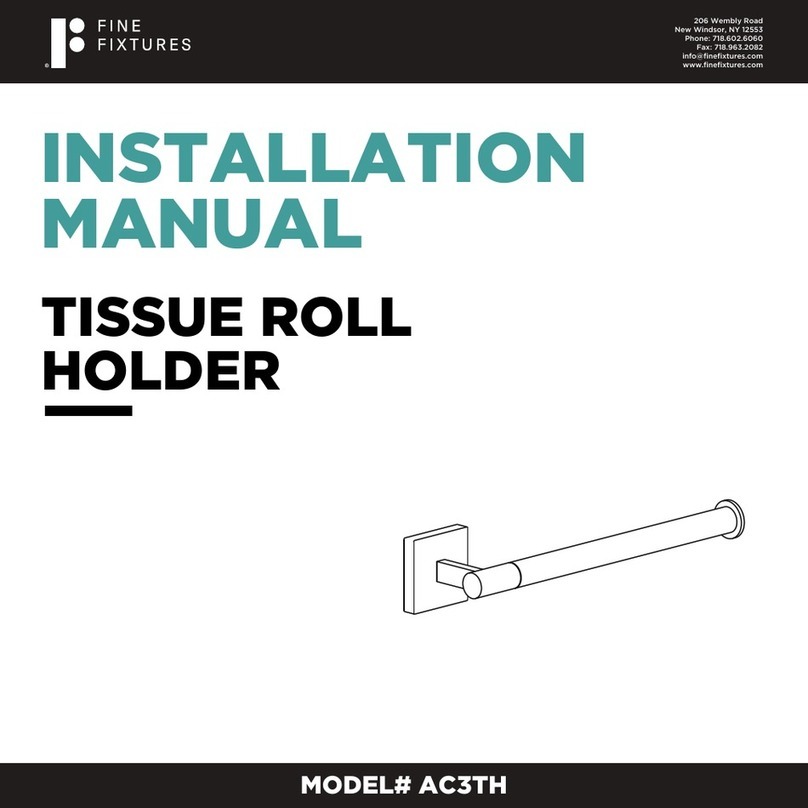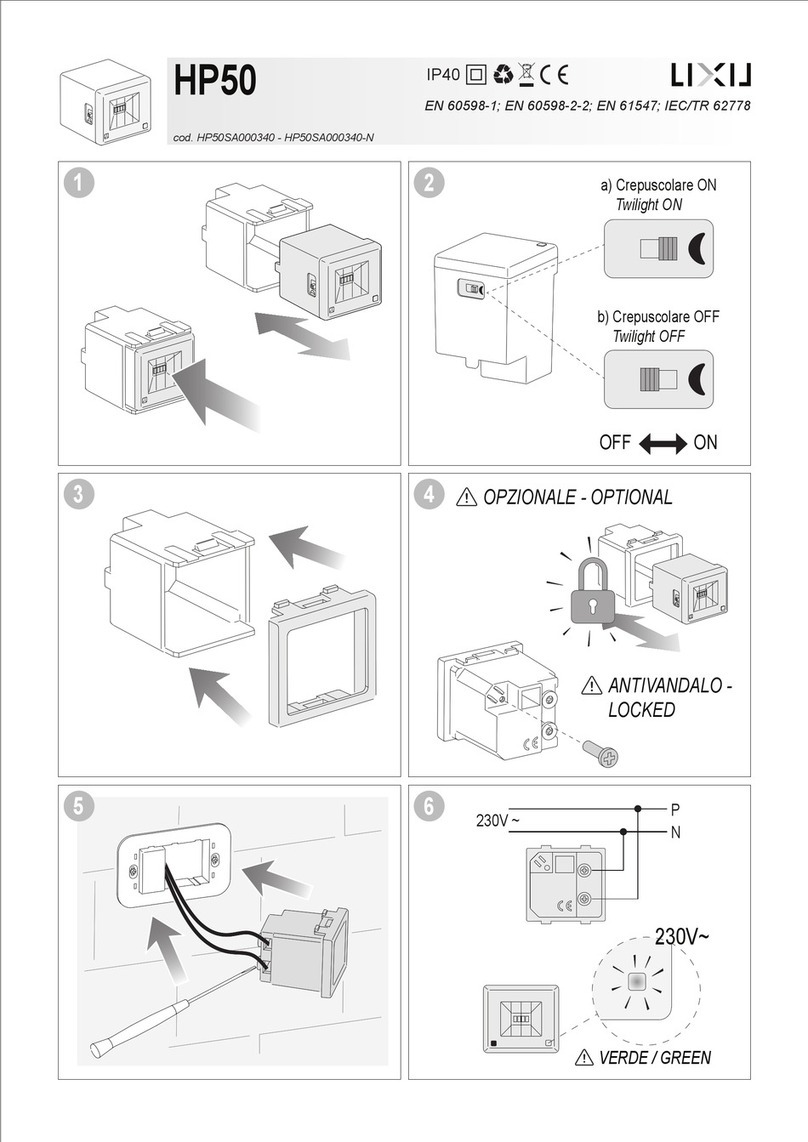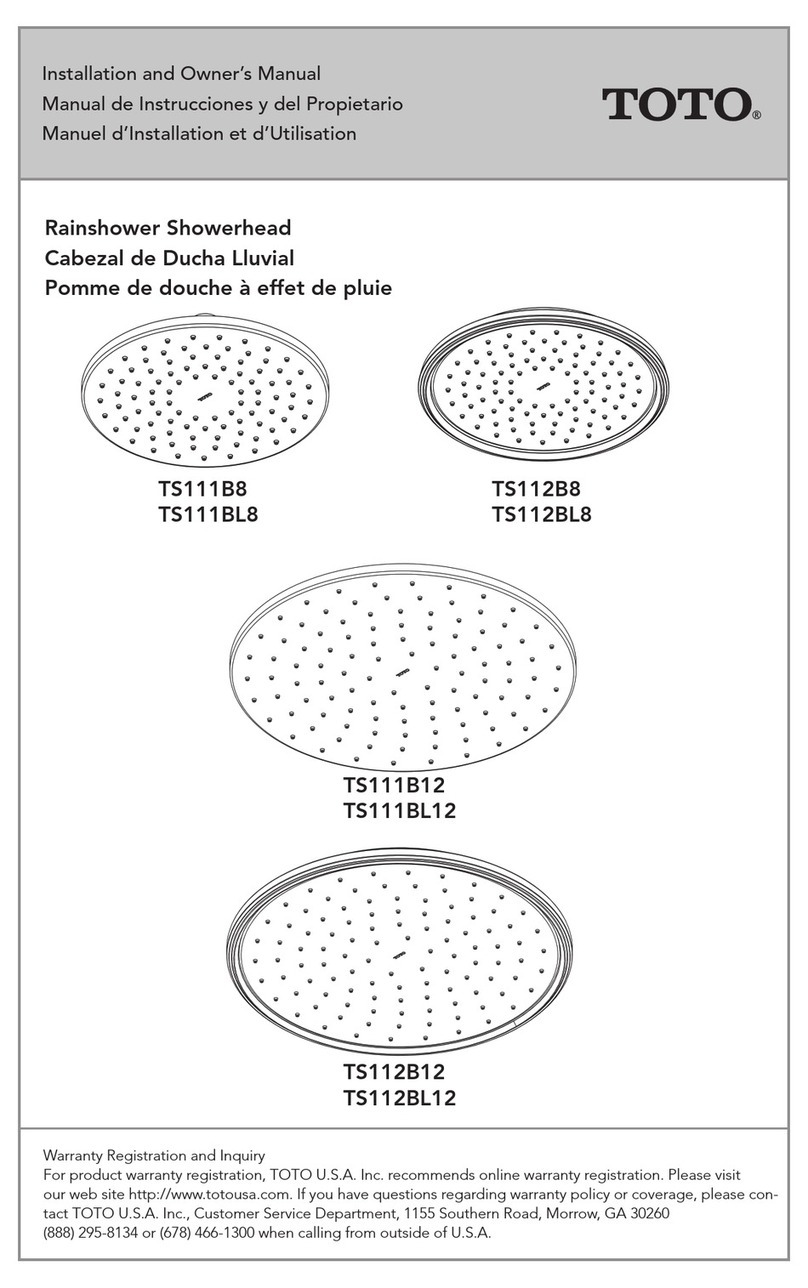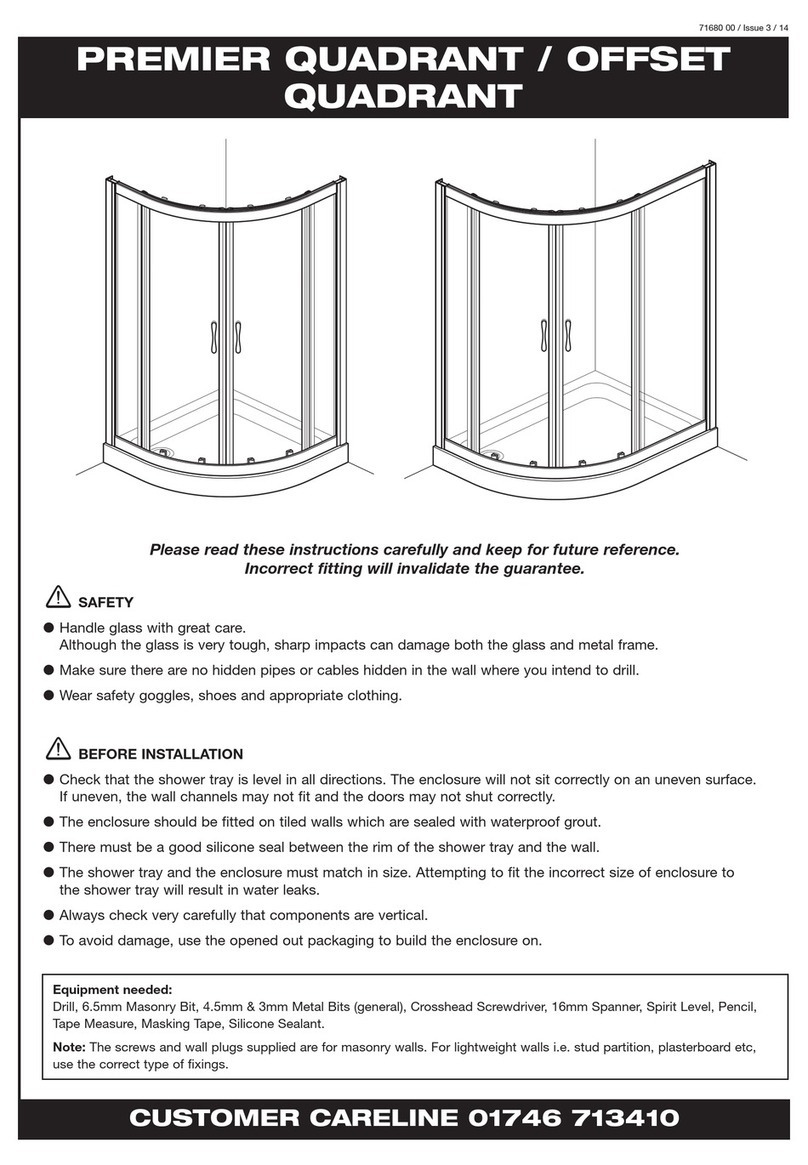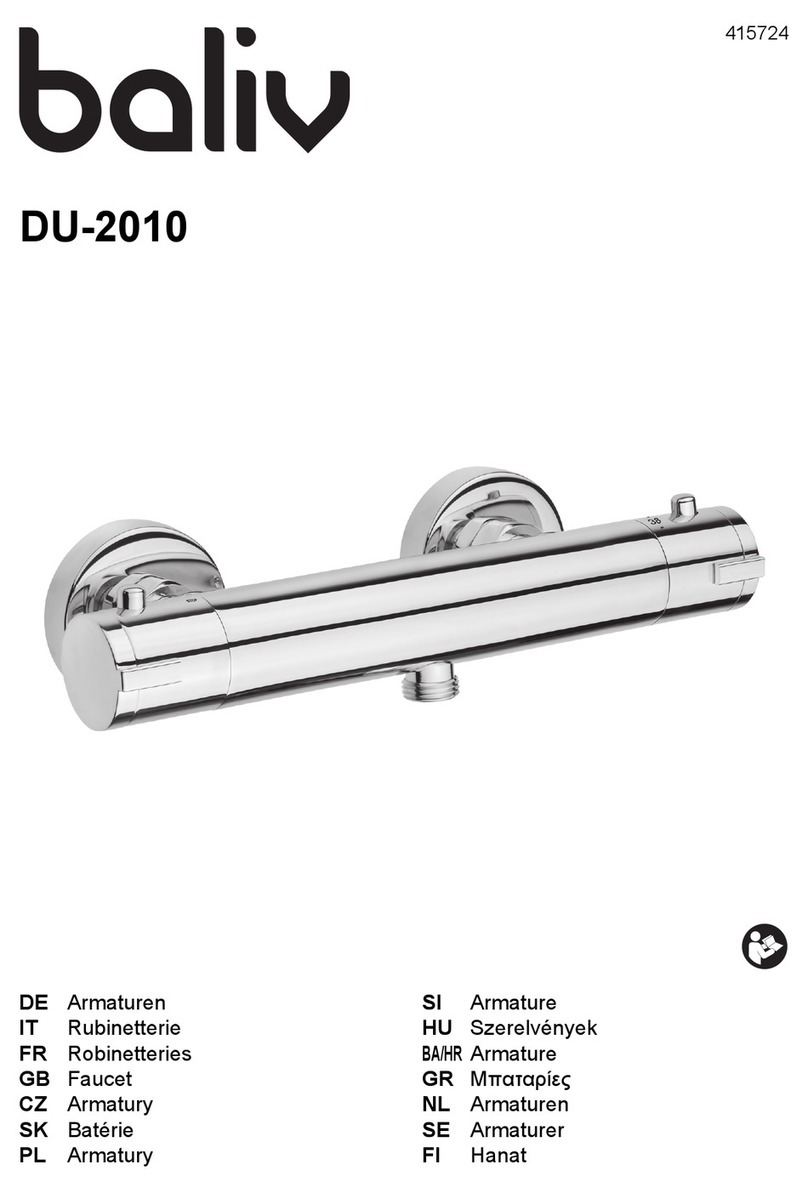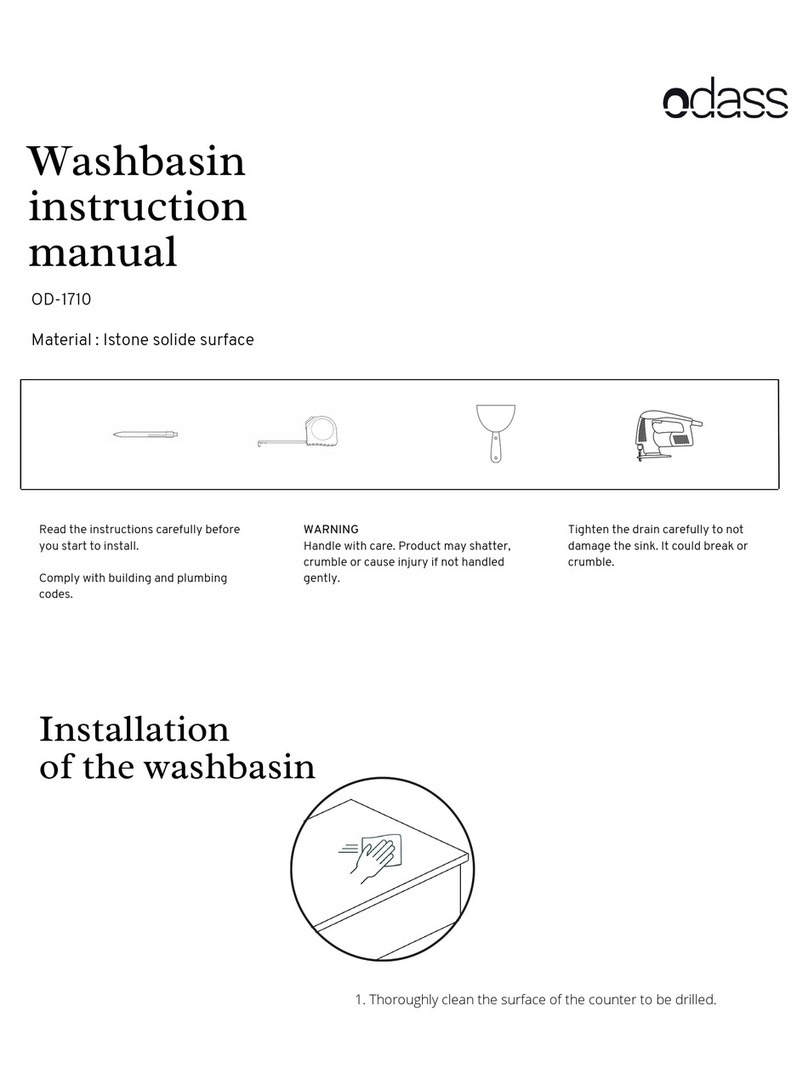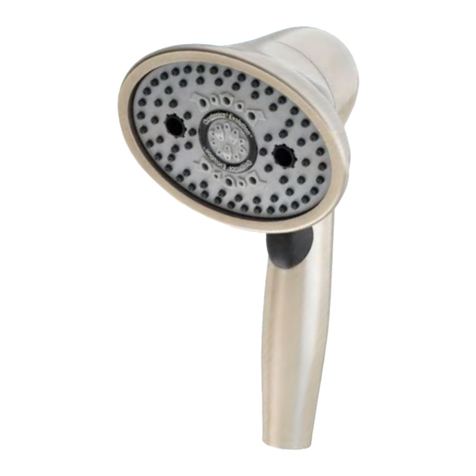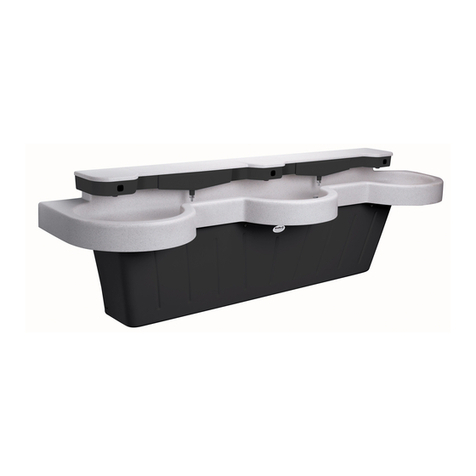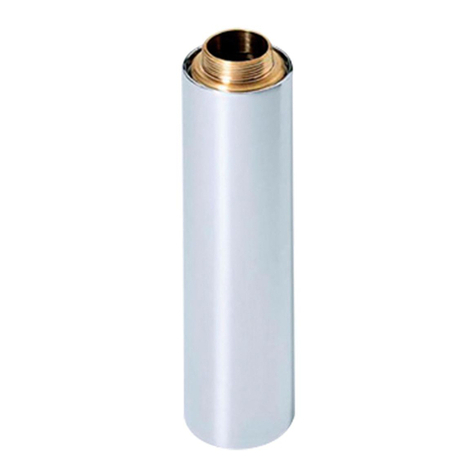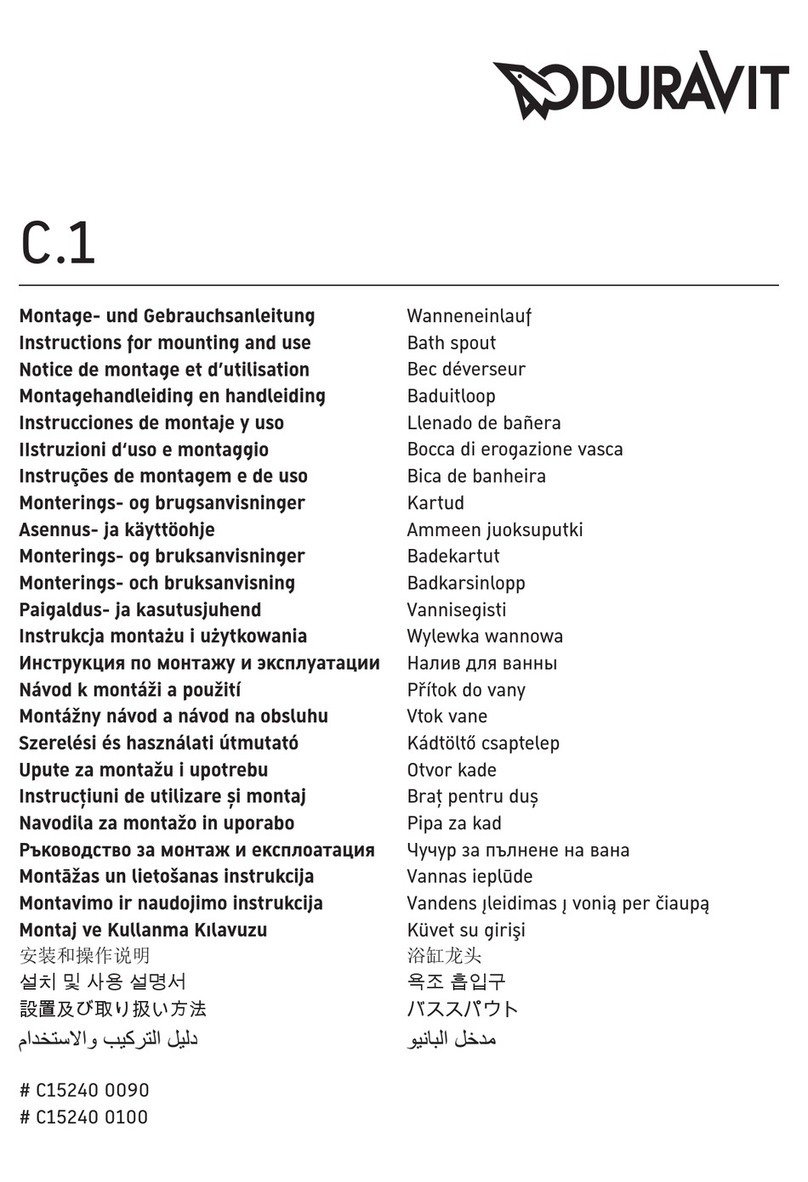SAFETY
The Organ Bath System - 820MO has been designed for teaching and research only. It is not intended for clinical or
critical life-care use and should never be used for these purposes. The 820MO also should not be used for the
prevention, diagnosis, curing, treatment, or alleviation of disease, injury, or handicap.
•DO NOT OPEN THE UNIT; THE INTERNAL ELECTRONICS POSE A RISK OF ELECTRIC SHOCK.
•DO NOT USE THIS APPARATUS NEAR WATER.
•TO REDUCE THE RISK OF FIRE OR ELECTRIC SHOCK, DO NOT EXPOSE THIS APPARATUS
TO RAIN OR MOISTURE.
•OBJECTS FILLED WITH LIQUIDS SHOULD NOT BE PLACED ON THE APPARATUS.
•DO NOT BLOCK ANY VENTILATION OPENINGS. INSTALL IN ACCORDANCE WITH THE
MANUFACTURER’S INSTRUCTIONS.
•DO NOT INSTALL NEAR ANY HEAT SOURCES SUCH AS RADIATORS, HEAT REGISTERS,
STOVES, OR OTHER EQUIPMENT OR DEVICES THAT PRODUCE HEAT.
•ONLY USE ATTACHMENTS AND ACCESSORIES SPECIFIED BY THE MANUFACTURER.
•UNPLUG THIS APPARATUS DURING LIGHTNING STORMS OR WHEN UNUSED FOR LONG
PERIODS OF TIME.
•BE ADVISED THAT DIFFERENT OPERATING VOLTAGES REQUIRE THE USE OF DIFFERENT
TYPES OF LINE CORD AND ATTACHMENT PLUGS. CHECK THE VOLTAGE IN YOUR AREA
AND USE THE CORRECT TYPE. SEE THE TABLE BELOW:
Protect the power cord from being walked on or pinched: particularly at power plugs and the point where they
connect to the apparatus.
Refer all servicing to qualified service personnel. Servicing is required when the apparatus has been damaged in any
way; such as, the power-supply cord or plug is damaged, liquid has spilled onto or objects have fallen into the
apparatus, the apparatus has been exposed to rain or moisture, does not operate normally, or has been dropped.
4

